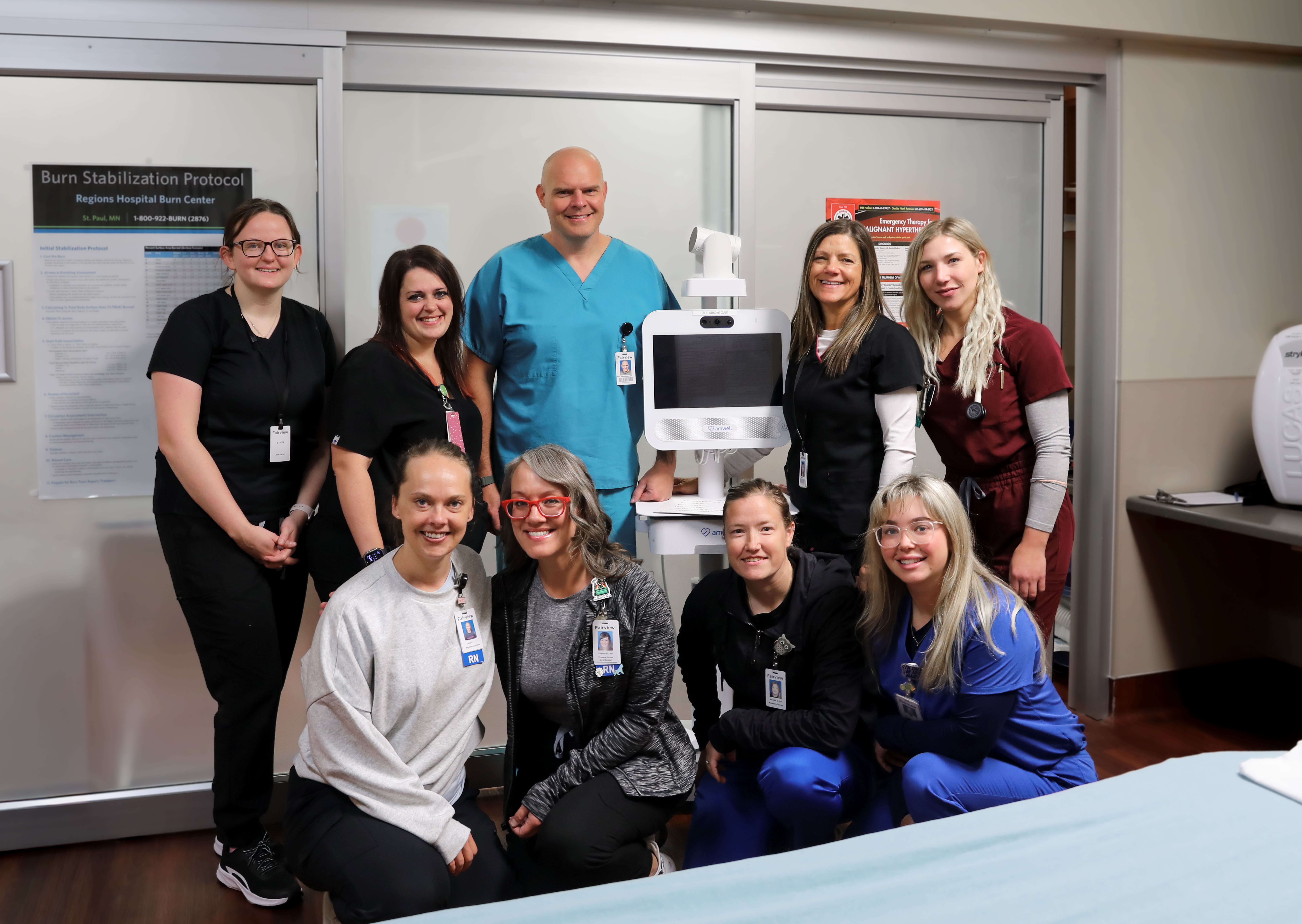Getting a mammogram is the best way to detect breast cancer in its earliest stages. However, for many patients, getting a mammogram for the first time can be an intimidating process. After all, what can you expect? The truth is, mammograms are not as scary as you think. But to better prepare yourself for your mammogram, there are a few things you may want to know before you go.
- Go to an accredited breast center: Many patients are worried about the small amounts of radiation given off by the mammogram machine. This is why we highly recommend that you go to a facility that specializes in mammograms, so your mammogram is done right the first time (ask to see the FDA certificate to ensure the facility meets high quality standards).
- Bring previous breast treatment information: If you’ve had previous breast treatments but you’re planning on going to a new facility, bring a list of your previous facilities, dates of past mammograms, biopsies, and detail other treatments you may have had.
- Do NOT wear antiperspirant, lotions, powder, creams, or sprays the day of your mammogram: This one might seem strange, but did you know that deodorant powders, creams, sprays, etc. may have substances or ingredients that can show up as spots on the mammogram? This can cause issues with reading the mammogram, so skip the deodorant—at least until your mammogram is over. ☺
- Dress comfortably, we recommend pants or a skirt: Since you will only need to remove your top and bra for your mammogram, we recommend wearing comfortable pants or a skirt with a comfortable top rather than a dress to your appointment.
- Schedule when your breasts aren’t tender: Breasts that aren’t swollen and/or tender will reduce discomfort and help get a good picture. Many patients often bring up the question: when is the best time to schedule my mammogram? We suggest one week after your period when your breasts are at their most normal.
- You can expect privacy: Many patients are concerned about their privacy when it comes to their mammogram. A technologist will position your breasts for the mammogram but know that you and the technologist will be the only ones in the room during the mammogram.
- Let the technologist know if you have breast implants or have experienced changes to your breast: Again, it is important to communicate any breast health concerns or breast health history to your technologist prior to your mammogram.
- The entire appointment will be about 20 minutes: How long does the exam usually take? The actual breast compression will only last a few seconds—two views of each breast are usually taken (for some patients with larger breasts or breast implants, more pictures may be needed); given added time for the paperwork, a mammogram appointment usually takes about 20 minutes.
- Know that it’s not that scary: Here at the Fairview Range Breast Center, we strive to make a calm and relaxing environment. That’s why we provide both warm and cool soft robes, chairs, coffee, water and other amenities to help reduce any anxiety you may have. Let our nurse and technicians know if you are feeling uncomfortable at any point in the examination and we will work to make sure you are as comfortable as possible.
- Your breasts may feel slightly tender following your mammogram: Following your mammogram, you may experience some discomfort such as bruising or aching. If you are in pain, you may take aspirin, Tylenol, or Advil (ibuprofen) as recommended by your doctor.
Mammogram follow-up
- When can I expect my results? Your test results will arrive in a letter, or the breast center may call you. Written reports must be sent directly to patients in terms that are easily understood by a lay person within 30 days. However, if the results indicate that there is a “suspicious” or “highly suggestive of malignancy”, every attempt to communicate these results to the patient must be made verbally by the facility within 5 working days. This does not eliminate the need to also send written communication within 30 days (American College of Radiology). Getting called back to the breast center is more common for patients who have had their first mammogram, or patients who have mammograms done before menopause.
Conclusion
Remember, while mammograms are the best way to screen for early breast cancer, they do not find all cancers. If your tests arrive back as normal and you notice changes such as a lump, pain, or thickening of your breast tissue, contact your doctor immediately. If your mammogram shows any changes in your breast, you may need to return for a follow-up visit, which may include additional imaging exams. Typically, you will get your follow-up results before you leave the facility.
For more information, or to schedule your mammogram, contact us today.
- Schedule an appointment using MyChart
- Call us at 218-362-6207
The Fairview Range Breast Center is proud to serve our patients here on the Iron Range. Our center is located at Fairview Range Medical Center in Hibbing, Minnesota; providing compassionate, experienced, top tier care in diagnosing and treating breast cancer patients.
*The Breast Center is located in the Diagnostic Imaging Department on the second floor of Fairview Range Medical Center.
**We still recommend you come in for breast cancer screenings and care during this time. All visitors and staff are required to wear a mask. We screen everyone who enters our hospital and clinics.


